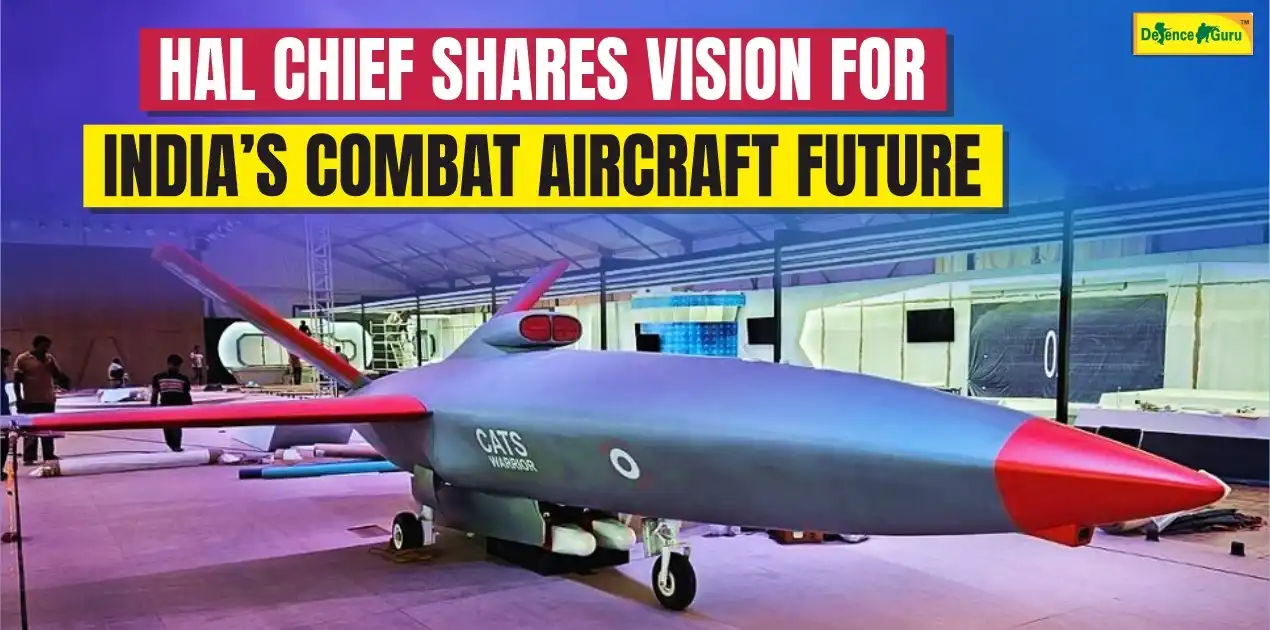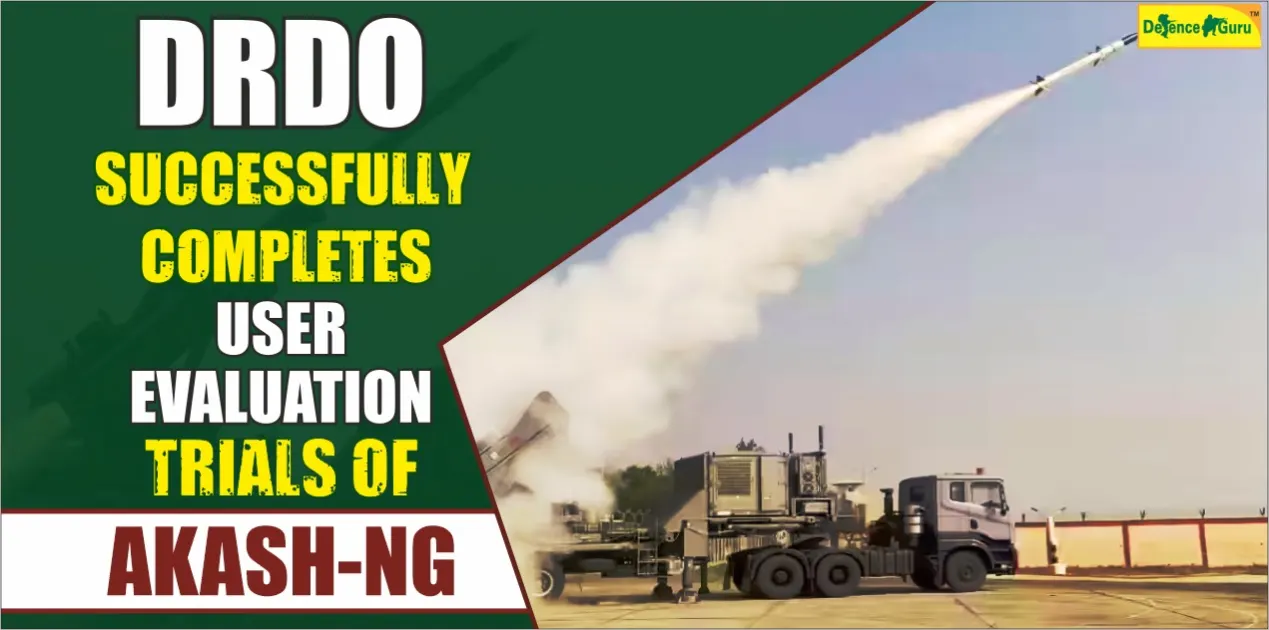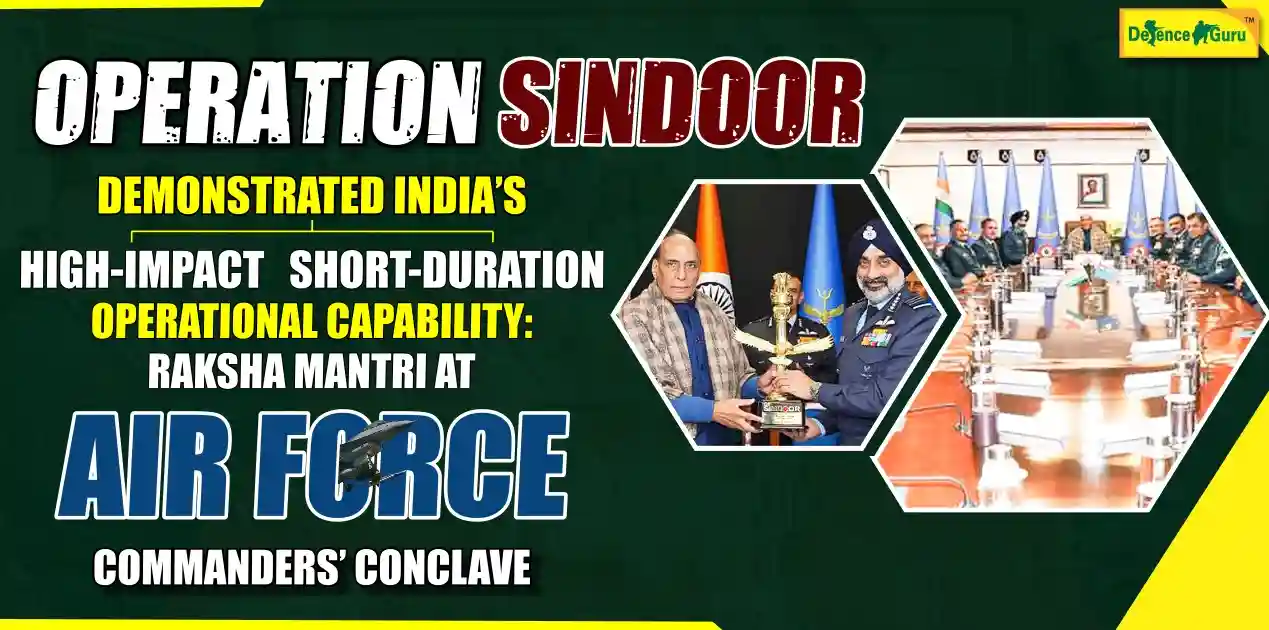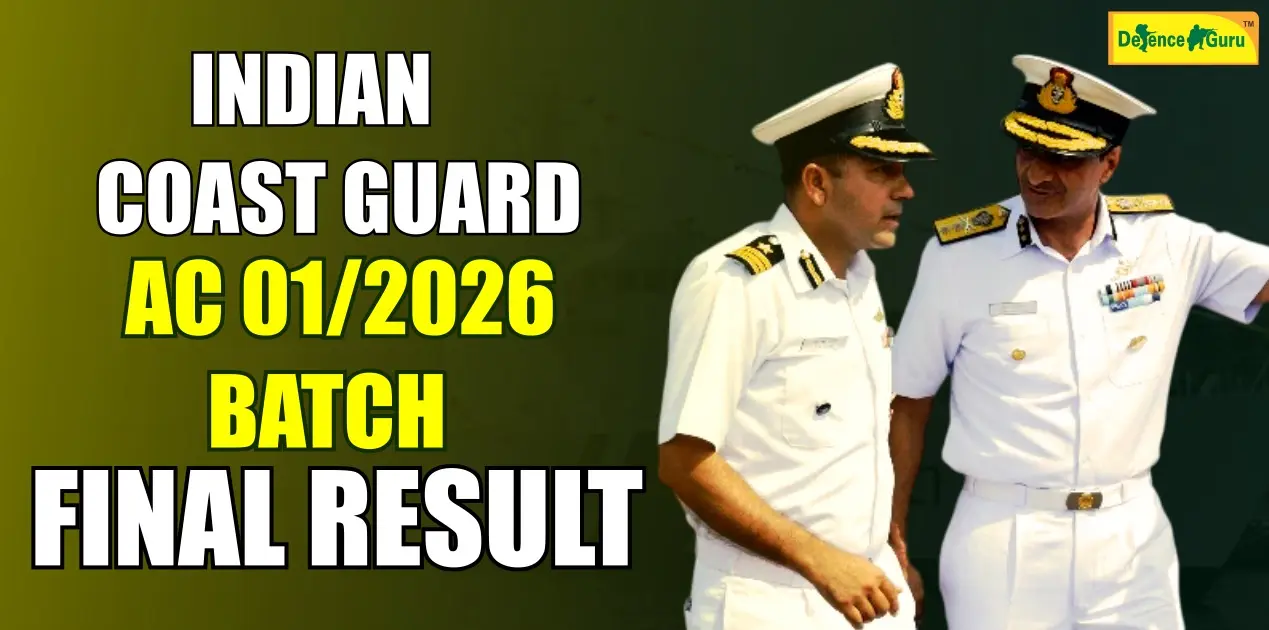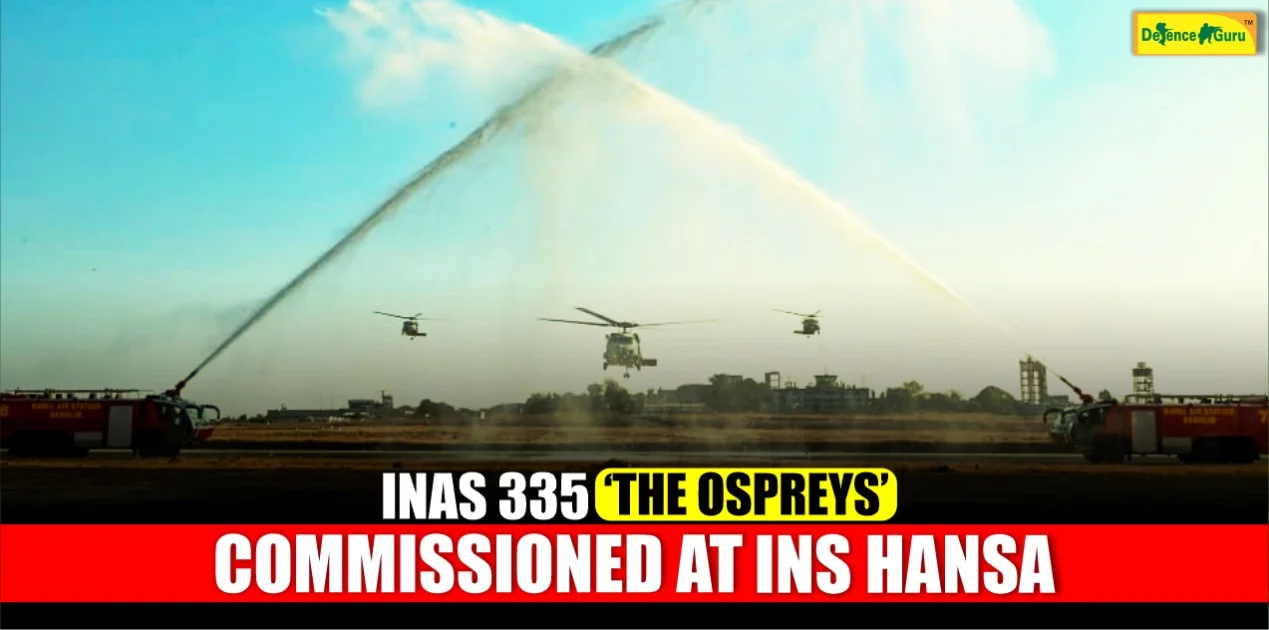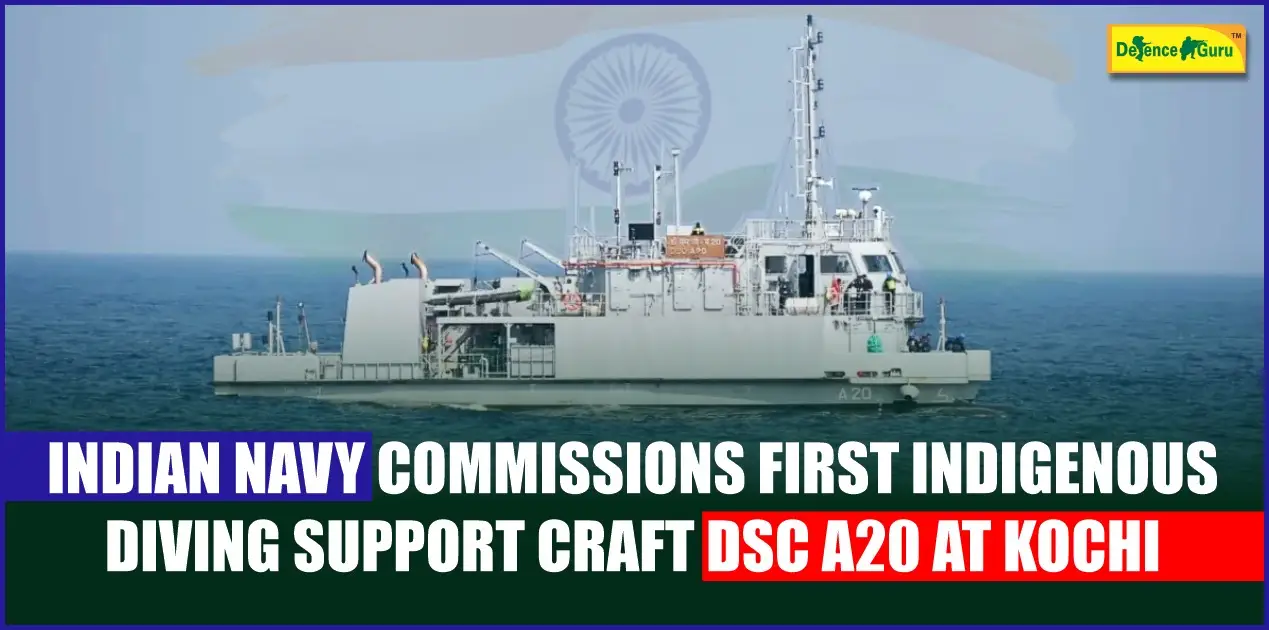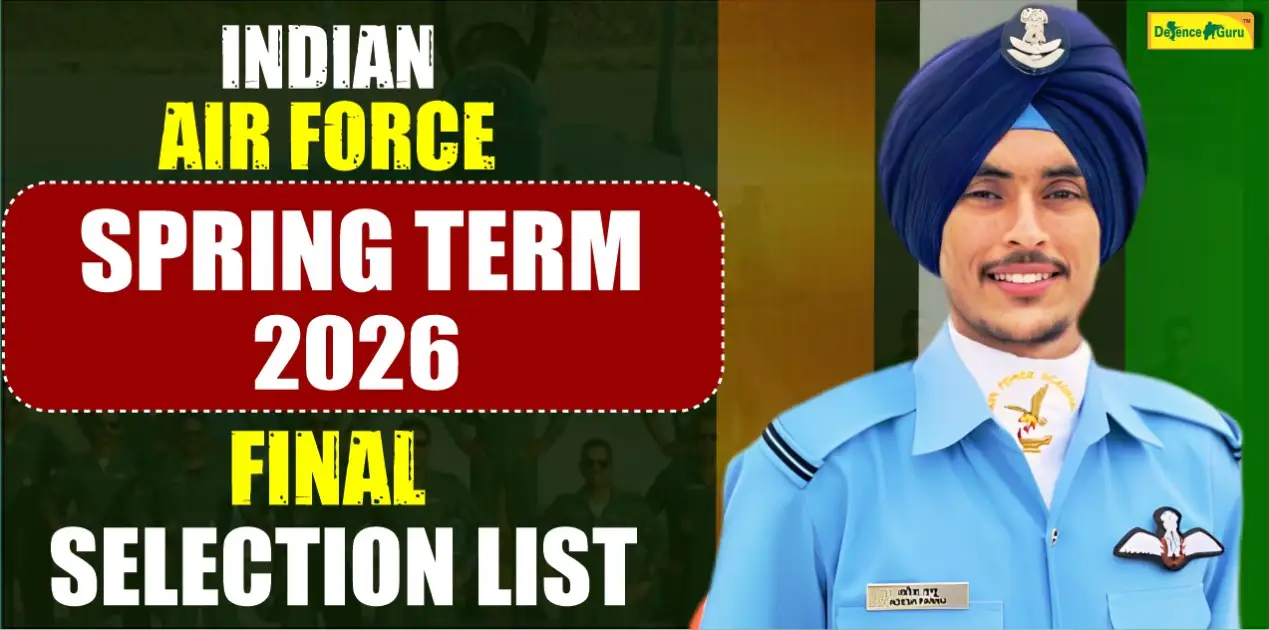HAL Chairman Reveals Strategic Vision for India's Next Generation Combat Aircraft
Hindustan Aeronautics Limited (HAL) is embarking on a new chapter—an era of indigenous innovation, digitalisation, and international cooperation. In an interview with FlightGlobal last week, HAL Chairman and Managing Director DK Sunil illuminated the company's changing strategy. At the centre of this change are key defence aviation programmes like the Tejas Mk2, Su-30MKI upgrade programme, AMCA stealth fighter, and innovative CATS Warrior project.
Tejas Mk2: A Step Forward in Design and Capability
The Tejas Mk2, a majorly improved version of the Tejas Mk1A, is under development. HAL has started component manufacturing and sub-assembly activities with the goal of rolling out its first prototype by early 2026. Ground testing and first flight are envisioned for the same year. The new plane has been designed completely based on the advanced 3D digital modeling and laser checking technique, which will provide higher accuracy and production efficiency.
While a formal order from the Indian government has yet to come, HAL is hopeful about a future purchase of 100–130 jets sufficient to establish eight squadrons. The Mk2 will progressively replace aging Mirage 2000 and Jaguar fleets by the late 2030s.
Upgrading the Su-30MKI Fleet
In parallel, HAL is preparing for the modernization of 84 Sukhoi Su-30MKI aircraft. Upgrades will include next-gen avionics, sensors, and electronic warfare systems, with HAL awaiting final approval from the Ministry of Defence. Preliminary work with vendors and system integration is already underway. These upgrades are crucial to extend the operational lifespan of the Su-30MKI fleet well into the 2050s.
At the same time, HAL is reactivating its Nashik production line to meet a new order for 12 Su-30MKIs. The task will take around two years.
Engine Supply and Self-Reliance Push
HAL continues to produce AL-31FP engines—the powerplant for the Su-30MKI—at its Koraput facility. Following a bulk order of 240 engines placed in 2024, deliveries will continue through 2032. Despite past disruptions due to the Russia-Ukraine conflict, supply chain stability has largely been restored.
AMCA and HAL’s Role in India’s Stealth Ambitions
HAL is also looking at playing a lead role in the Advanced Medium Combat Aircraft (AMCA) programme—India's stealth fighter programme. Although private sector entries have been invited, HAL can be part of a consortium for the development of the fifth-generation fighter. The Aeronautical Development Agency (ADA) has already constructed a full-scale engineering model, and the Indian Air Force will order about 120 of the aircraft.
This multi-stakeholder strategy is intended to boost the jobs available, enhance competition, and enhance the cost-effectiveness of India's defence industry.
HJT-36 'Yashas' and Light Combat Roles
HAL is reviving its Intermediate Jet Trainer program in a new guise—HJT-36 'Yashas'. There have been added aerodynamic refinements and a glass cockpit. Four aircraft will be leased to the Air Force to fly and test, and HAL foresees the Yashas eventually being used as a trainer and light attack aircraft.
The Rise of CATS Warrior
One of the most ambitious projects is the CATS Warrior, an unmanned combat air vehicle meant to partner with manned platforms such as the Tejas. HAL has managed to install an engine in the prototype and is currently testing communication systems. Aerodynamics and flight control work is planned in 2026 and a maiden flight in 2027.
A Cultural Shift at HAL
DK Sunil pointed to a philosophical shift in HAL—from a legacy company reliant on government orders to one that invests actively in indigenous R&D and creates international collaborations. The firm now spends almost ₹2,500 crore ($300 million) a year on research and development.
Attributing disturbances due to global conflicts, Sunil underlined the requirement of bolstering India's indigenous supply chain and bringing in foreign manufacturers to manufacture within Indian shores. Through private sector involvement, indigenous innovation, and an emerging ecosystem of UAVs, helicopters, and aerospace startups, HAL sees a revolutionary change in India's aerospace industry in the next decade.
Read more:
Project 17A, Stealth Frigate Udaygiri Joins Indian Navy
DRDO Confirms Uttam Radar Fitment in Tejas Mk1A from 41st Jet

